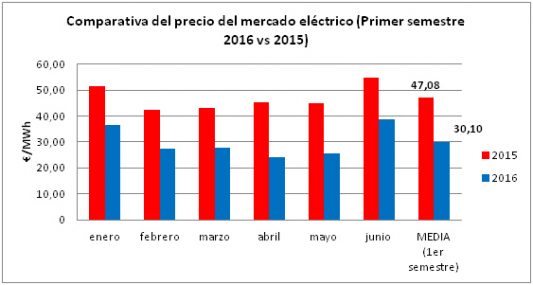El informe “La nube negra sobre Europa: efectos de la quema de carbón sobre la salud y la economía de la UE” analiza los impactos sobre la salud provenientes de la contaminación del aire de todas las plantas de carbón de las que se tienen datos (257 de las 280). Este informe revela que en 2013 las emisiones provenientes del carbón en toda Europa fueron responsables de más de 22.900 muertes prematuras (comparables con las 26.000 muertes en accidente de tráfico en el mismo año en Unión Europea), decenas de miles de casos de mala salud por enfermedades del corazón o bronquitis, y un gasto de hasta 62.300 millones de euros en costes sanitarios. Por primera vez, el informe analiza cómo viaja el polvo nocivo producido por estas centrales a través de las fronteras europeas, y el efecto que tiene dentro y fuera.
Los cinco países que más muertes provocan fuera y dentro de su territorio son Polonia (5.830 muertes prematuras), Alemania (4.350), Reino Unido (2.870). Rumanía (2.170) y Bulgaria (1.570). España es el sexto país responsable en muertes prematuras causadas por las plantas de carbón, con un total de 1.530 en 2013, de las cuales 840 se producen en nuestro país. Es decir, las centrales españolas de carbón provocaron en 2013, fuera de sus fronteras, 690 muertes prematuras. En España, la central que más muertes prematuras genera es la de “Andorra”, en Teruel; y las que más contaminan son las de ‘Aboño’, en Asturias, ‘As Pontes’, en Galicia y ‘Litoral’, en Almería.
Por su parte, los peores impactos sobre la salud debido a la quema de carbón los sufren los ciudadanos de Alemania, con 3.630 muertes prematuras provocadas por las centrales europeas (incluyendo las del propio país), seguida de Reino Unido (2.100), Polonia (1.860), Italia (1.610), Francia (1.380), Rumanía (1.280) y España (1.170).
Además de las muertes prematuras, los contaminantes también causan otras enfermedades, como cerca de 11.800 nuevos casos de bronquitis crónicas y 538.000 millones de ataques de asma en niños. Aproximadamente 21.000 ingresos hospitalarios y 6,6 millones de pérdidas de días de trabajo están relacionados con las emisiones de las centrales de carbón en Europa.
Los impactos del carbón en la salud, junto con la reducción de la productividad causada por la abstención en el trabajo, están generando un gran impacto económico: entre 32.400 y 62.300 millones de euros en 2013. Estos costes no están cubiertos por el sector del carbón sino que los asume la sociedad, incluyendo los costes directos e indirectos en la salud que recaen sobre los presupuestos nacionales en sanidad, costes soportados a través de tratamientos individuales para la gente afectada y pérdidas económicas asociadas a la reducción en la productividad.
Según Raquel García, técnico del programa de clima y energía de WWF España: ‘El cierre de las centrales térmicas de carbón es imprescindible para cumplir con el acuerdo de París, en el que se acordó entre todos los países asistentes limitar el aumento de la temperatura global por debajo de los 1,5ºC y el 18% de las emisiones de efecto invernadero de Europa proceden de las 280 centrales de carbón’. Y añade: ‘En España, pedimos el fin de las subvenciones al carbón en 2018 y el cierre de las centrales de carbón en 2025, con una transición justa para el sector minero. El objetivo final es un modelo 100% renovable para España en 2050’.
La nota positiva del informe es que ya hay siete países de la Unión Europea que no queman carbón: Bélgica, Chipre, Estonia, Letonia, Lituania, Luxemburgo y Malta. Portugal también se ha comprometido a dejar el carbón para 2020, y Reino Unido reducirá gradualmente el carbón para 2025. En Austria, las empresas que tienen sus propias centrales de carbón anunciaron que podían desmantelarlas todas para 2025.
La OMS apoya el informe “La nube negra sobre Europa”
“La contaminación del aire es responsable de millones de muertes en todo el mundo. El incremento de las temperaturas, consecuencia del cambio climático, sólo empeorarán el problema. Las buena noticia es que reducir nuestro uso de combustibles fósiles – incluyendo las nocivas emisiones del carbón – ofrece una oportunidad única para mejorar la calidad del aire y mitigar el cambio climático, y por consiguiente proteger la salud es el gran reto de salud pública de este siglo”, sostiene el doctor Roberto Bertollini, científico jefe y representante de la Organización Mundial de la Salud en la Unión Europea.





















